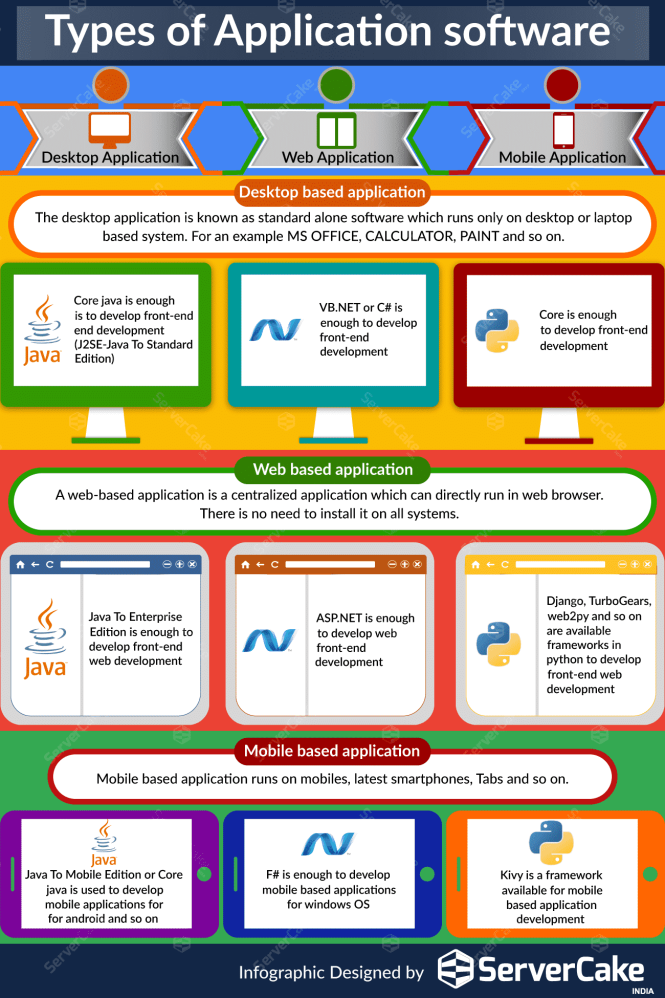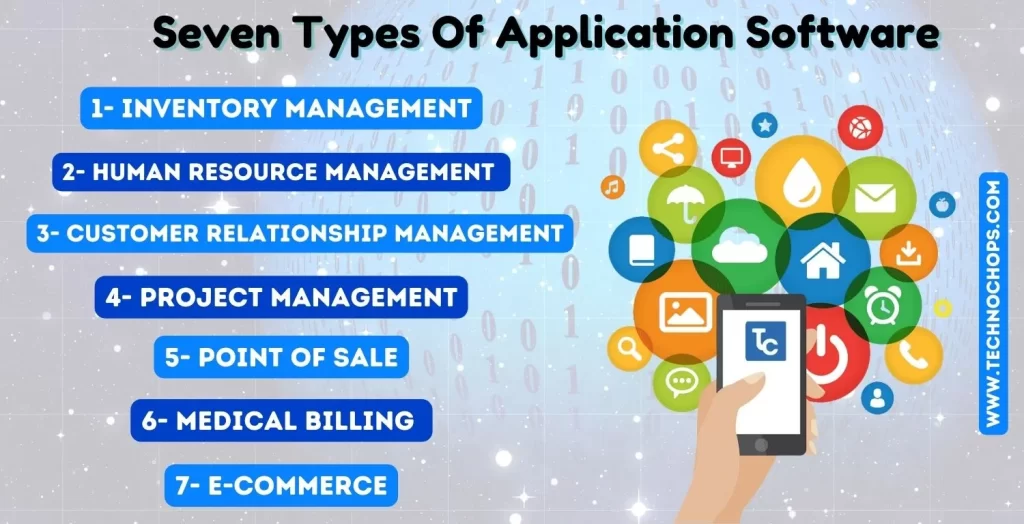

What software application is more appropriate for my business needs? This critical question arises for countless entrepreneurs and business owners daily. The market is brimming with software options, from specialized tools to general-purpose platforms, making the selection process challenging. This comprehensive guide delves into the considerations needed to choose the perfect software application for your unique business requirements, highlighting key factors to consider when evaluating options. We will cover different categories of software and provide detailed insights into their suitability for various business situations. The structure of this article will include an overview of common software types, factors to consider when comparing options, and specific examples of relevant software applications.
Understanding Your Software Needs
Identifying the Crucial Factors
Choosing the right software application is not a one-size-fits-all approach. Every business has unique requirements, and understanding these needs is paramount. Before even considering specific software options, it’s crucial to carefully evaluate your current and future business needs. What are your primary objectives? Are you focused on customer relationship management (CRM), project management, or inventory control? Knowing the specific pain points you are trying to solve is vital, and it lays the foundation for an effective software selection process. By thoroughly analyzing your needs, you can better determine the software application that aligns seamlessly with your business goals and operations. Imagine a small e-commerce startup with limited resources; a sophisticated enterprise resource planning (ERP) system might be overkill. Instead, a specialized e-commerce platform focusing on streamlined order processing, inventory management, and payment gateways would be a more appropriate solution.
This critical step ensures that the chosen software application effectively addresses your business challenges and promotes long-term success.
Evaluating Different Software Categories
Categorization and Comparison
Software applications are categorized across different business functions. Each category caters to specific needs and addresses distinct operational requirements. For instance, project management software focuses on streamlining tasks, scheduling, and collaboration within projects. Consider the project management tool Trello, which utilizes a visually intuitive Kanban board interface. Its flexibility and visual appeal aid in team collaboration and workflow management. Similarly, customer relationship management (CRM) software, such as Salesforce, streamlines communication and interaction with clients. This allows businesses to track interactions, manage leads, and build stronger relationships. Choosing the appropriate category based on core business functions is essential. Understanding the nuances and specific needs is key to selecting the right category to optimize your business processes and achieve desired outcomes.
Evaluating different categories helps you narrow down your options based on your primary business operations and goals, leading to a more informed decision.
Factors to Consider During the Selection Process
Key Criteria for Evaluation
Several key factors should be considered when evaluating software applications. Budget constraints are a critical consideration for many organizations, impacting the selection process. The initial cost and ongoing subscription fees should be analyzed carefully, taking into account long-term implications. The platform’s scalability is also critical. Is the software able to adapt to your business growth? Can it accommodate an increasing user base and data volume as your business expands? Ease of use and user interface are also significant. A user-friendly interface significantly reduces the learning curve for staff, minimizing the time required for adoption and increasing overall productivity. If software is difficult to navigate, it can hinder effective workflow and adoption. Consider the platform’s integration capabilities; how does the software interact with other systems you currently use? Seamless integration streamlines workflow and reduces information silos.
Choosing Software for Specific Business Needs
Case Studies and Real-World Examples
Software applications cater to diverse business requirements. Consider a retail business looking to streamline inventory management; specialized inventory management software would be ideal. Tools like Fishbowl or Zoho Inventory are designed to track inventory levels, automate order fulfillment, and predict supply needs. A social media management platform is vital for businesses relying on social media to reach their target audience. Tools like Hootsuite or Buffer schedule posts, monitor performance, and facilitate engagement. By understanding the specifics of your business needs, you can tailor your selection criteria to narrow down the choices and enhance your chances of achieving success.
Practical Tips for Implementing Software
Deployment and Training
Selecting the right software is only the first step. Successful implementation requires careful planning and execution. The deployment process should be carefully planned, and a clear timeline should be established. Adequate training for employees on how to effectively use the software is equally important. Lack of comprehensive training can hinder the successful implementation and adoption of new software. Providing resources and support ensures users can leverage the full potential of the chosen application. By meticulously considering these implementation factors, businesses can optimize the value and efficiency of the new software.
What are the potential drawbacks of using inappropriate software?
Choosing inappropriate software can lead to significant operational challenges and reduced efficiency. Poorly designed systems often increase staff workload by causing inefficiencies and leading to unnecessary time expenditure on tasks. If software doesn’t align with your specific workflows and requirements, it can lead to significant workflow delays, hindering business growth. In some cases, it can also lead to increased costs associated with additional training or workarounds. Consequently, the potential drawbacks of selecting inappropriate software can impede business success.
How do I compare different software applications?
Comparing various software applications effectively requires a structured approach. Start by clearly defining your business requirements and needs. Identify the core functions you need the software to perform. Then, research different software applications, evaluate their features and functionalities, and compare their pricing models and associated costs. Examine customer reviews and testimonials to gauge the user experience and potential usability challenges. Finally, conduct demos or trials where possible to assess the application’s fit with your specific needs. This thorough process of comparison is crucial for selecting software that effectively meets your business objectives.
How can I manage the implementation process efficiently?
Managing software implementation requires careful planning and execution. A detailed project plan should be created with defined milestones, timelines, and resources assigned to different tasks. Thorough training programs for all users should be provided to ensure smooth adoption and utilization. Clear communication channels should be established between stakeholders throughout the project to address any potential concerns or challenges. Regular progress reports and feedback mechanisms are essential for monitoring the implementation process and addressing any deviations or roadblocks early on.
Frequently Asked Questions
What are the key benefits of using the right software application?
Using the right software application can enhance productivity, streamline processes, reduce operational costs, and increase customer satisfaction. This ultimately leads to improved efficiency and better overall business outcomes. Optimized workflows and streamlined communication can contribute to a more organized and successful business environment. By choosing software that aligns with your specific business requirements, you can unlock significant potential and drive long-term success. The selection process should focus on identifying solutions that will facilitate growth and achieve your desired business goals.
In conclusion, choosing the right software application depends heavily on the specific needs of your business or project. Careful consideration of factors such as budget, scalability, and ease of use is crucial. This article has highlighted several key software applications, offering practical insights for making informed decisions. By understanding your requirements and evaluating options against these benchmarks, you can confidently select software that empowers growth and efficiency. Ready to find the perfect software solution for your needs? Explore the options discussed above and get started today!